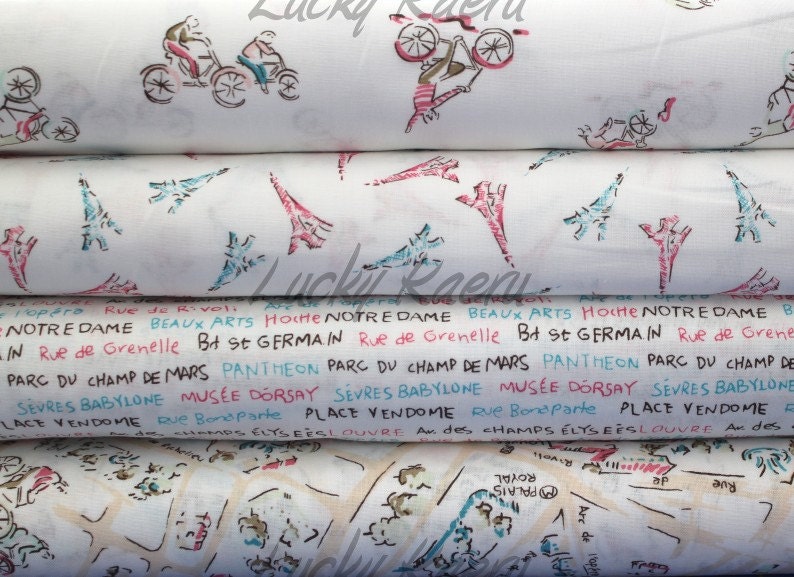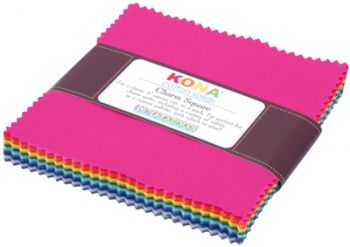Our quilting group at church is prolific, and as such we end up with a lot of scraps. Recently we cut our scraps into 2.5 inch strips, sorted them by color or theme and sewed them together to make a “home-made” jelly rolls. We scheduled a sewing day and had a lot of fun stitching.

![IMG_3758[1] IMG_3758[1]](https://blogger.googleusercontent.com/img/b/R29vZ2xl/AVvXsEjzWkMWwjJr7xnHToFSPBY6d_Cq6uZT0C54VvaTt5dHOAXReuCN7d0Qedx20FNowIYY6LrdKYBqWfPHUApxgxYvqhSa_pys6dZ1BSm43TKHcIvdgD-zCb1NGArwhXx7WBInVXeFgldZ6787/?imgmax=800)
![IMG_3757[1] IMG_3757[1]](https://blogger.googleusercontent.com/img/b/R29vZ2xl/AVvXsEjJe07tsp-gG3xgA4OAoHQadxT5CNCeRrjzS1NZvFkEKqogIAddbQP9XBL4e46ECA0I4iJIc3tWOulSRJd6Tb_rS_7W6ZoKJLx9fsxiYlI7SrwN1wwFcY1G69cc8U6ccPbyUgQKSnr-Wmcy/?imgmax=800)

With left over strips from my Christmas placemats and napkins I made a Christmas quilt for a door prize at our church's annual neighborhood children’s Christmas party. The woman who won the quilt was thrilled.
In case you want to try making your own jelly roll, here’s a
calculator, or just use the chart I worked up for our group. Our group is hooked on making them. Fastest charity quilt ever!
A commercial jelly roll has 40 strips in it, cut the width of fabric. This will make one long strip of about 1600 inches long which will make a quilt about 50-52” wide by 64” long. If using a commercial roll, make sure you cut about 18” off one end of your first strip. Jenny Doan has a great video on
YouTube.
To make the same size quilt from random 2.5” strips, you will need 1600 inches of fabric after sewing the ends together. Since the strips are random length, no need to make any cuts off the end.
For a Baby quilt, or a 32” x 32” quilt, use 13 and one half strips from a commercial roll. If using random strips, you’ll need 560” of strips sewn end to end. If desired, you can add borders to make it larger. (You will only sew these strips 4 times)
To make a Jelly roll quilt larger than 50X64”, add 42” to your roll for each inch of desired width. See chart below for approximate measurements
| Desired length of quilt | Desired width of quilt | # of continuous inches needed |
| 32 | 32 | 560 |
| 64 | 50 | 1600 |
| 64 | 55 | 1814 |
| 64 | 60 | 2028 |
| 64 | 64 | 2184 |
| 70 | 64 (stripes will be vertical) | 2628 |
These are approximate lengths, but give a fair estimate of the amount of fabric needed.
Remember that in a jelly roll quilt, the width doubles each time you sew a seam
First seam 4.5” wide
Second seam 8.5” wide
Third seam 16.5“ wide
Fourth seam 32.5 “ wide (stop here for baby quilt)
Fifth seam 64.5” wide.
To make a king size quilt you will need approximately 6400 inches of strips sewn end to end! If you had that much fabric, you would make a sixth seam for a quilt that measured about 128” long by 100 wide. Obviously, if you wanted it wider, you would add more length to your strip.
When storing your strips I would suggest folding or rolling them with the two ends on the outside so you can immediately begin sewing. We had a hard time with the rolls twisting as we sewed the first two strips together.



![IMG_3758[1] IMG_3758[1]](https://blogger.googleusercontent.com/img/b/R29vZ2xl/AVvXsEjzWkMWwjJr7xnHToFSPBY6d_Cq6uZT0C54VvaTt5dHOAXReuCN7d0Qedx20FNowIYY6LrdKYBqWfPHUApxgxYvqhSa_pys6dZ1BSm43TKHcIvdgD-zCb1NGArwhXx7WBInVXeFgldZ6787/?imgmax=800)
![IMG_3757[1] IMG_3757[1]](https://blogger.googleusercontent.com/img/b/R29vZ2xl/AVvXsEjJe07tsp-gG3xgA4OAoHQadxT5CNCeRrjzS1NZvFkEKqogIAddbQP9XBL4e46ECA0I4iJIc3tWOulSRJd6Tb_rS_7W6ZoKJLx9fsxiYlI7SrwN1wwFcY1G69cc8U6ccPbyUgQKSnr-Wmcy/?imgmax=800)

















.jpg)

![IMG_3663[1] IMG_3663[1]](https://blogger.googleusercontent.com/img/b/R29vZ2xl/AVvXsEhXQSa1rsqIM3QSVs_AvrE_BGTHNcEBU4FNCZzvXD3IwMZ9VA4dQkoiAc_auUShRYu1ZGW2HHrrwbioi6vl2E9VIUvhG9jDpb0_4qyRwu8n5bXCd4NDb4TTqeEyPhn0ODU94p7sTS561fNd/?imgmax=800)
























